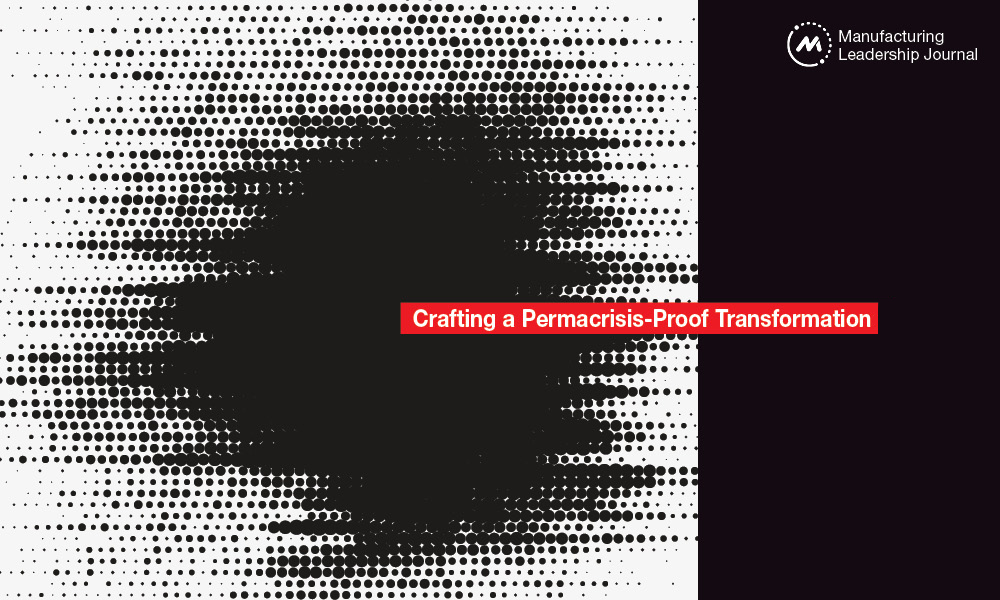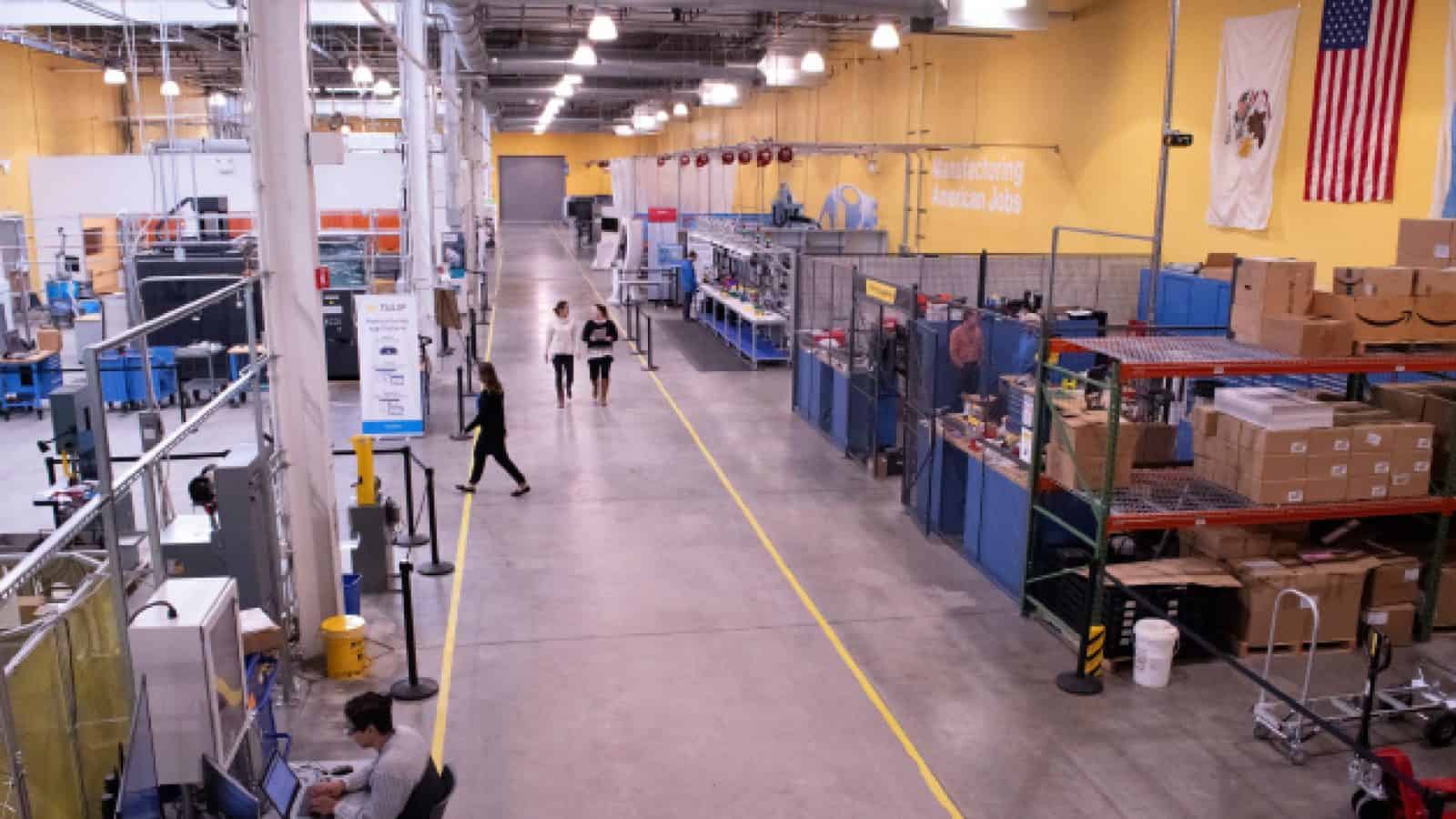Crafting a Permacrisis-Proof Transformation

Rising above digital, technical, and transformational debt to overcome permanent, on-going crises

TAKEAWAYS:
● Permacrisis challenges require innovation
● Address digital debt for meaningful transformation
● Cultivate culture, speed, and governance for successful adaptation.
Enter the era of “permacrisis” – a state of continual, disruptive events resulting in an extended period of instability. Many organizations are currently facing continual disruption regarding digital and technology debts, as well as organization transformation latency. Often, efforts to address these areas have been largely ineffective or continually postponed due to timing, resource, and financial constraints.
Some companies have managed to adopt and implement digital tools for new ways of working. However, COVID-19, shutdowns, wars, inflation, and technology deficits have led to an environment where companies are constantly on edge. If disruption is the wave of the future, how can organizations rise above the deficits to drive a successful permacrisis-proof transformation?
Defining the Challenge
Digital and technology debt broadly refers to the accumulation of a company’s technology work that has been delayed or inadequately addressed with suboptimal, quick-fix solutions. Both elements lead to increased costs, inefficiencies, and risks.
Digital and technology debt causes vary, but often result from large technology efforts which, although planned, analyzed, and evaluated, are ultimately shelved or delayed due to resourcing and financial issues. Other debts can accumulate as interim solutions are built and persist as meaningful technology investments are delayed.
Part of the hidden cost of digital and technology debt is the parallel transformation debt resulting from inaction. By working around legacy technologies, organizations maintain ineffective processes, poorly structured organizations, and high operational costs.

“By working around legacy technologies, organizations maintain ineffective processes, poorly structured organizations, and high operational costs”
With continued disruption and a focus on near-term thinking, companies will continue to accumulate technology and transformation debt. The answer is to adopt a new mindset with the link between transformation and digital and technology debt at the forefront. Evaluating the overall latency within an organization improves the understanding of the need to do something new, expands ownership across the entire leadership team, and enhances the desire to actively reduce accumulated debt. It also requires a prioritization of human factors and innovation at the heart of the solution.
A New Path Forward
Managing digital and technology debt and transformation strategies through permacrisis requires a wholistic strategic view with immediate innovation enablers and strong governance to create momentum and initiate the change journey. By integrating these methods, companies can address the dual deficit of digital and technology in a more meaningful, effective way. This new approach encompasses the following focus areas:
- Develop a dual-speed strategy to address short-term issues while enabling long-term development
The very nature of digital, technology, and transformational debt comes from focusing too much on near-term solutions at the expense of long-term development needs. When the permacrisis issue of the moment occurs, for example the continued war in Ukraine and impact on material costs, it is routine to ignore the important long-term needs to deliver an urgent response. Leaders can ensure that their vision and ambitions allow for long-term development by incorporating this into their planning using an agile mindset and approach. This enables organizations to move forward with immediacy while maintaining a vision and roadmap for future development. - Understand the human factors that can help to eliminate challenges
Organizations often focus on the key constraints which hold back their ability to address digital, technology, and transformational debt such as money, time, resources, and organizational alignment on the solution. However, there are human factors within organizations that can be evaluated to understand how to move forward. These include:
– Information – how knowledge and information are used to inform day-to-day activities
– Energy – how momentum is realized to guide and propel action
– Relationships – how leaders and teams interact.
Understanding how your organization operates across these factors can be incorporated into interventions and actions to drive the organization forward and address previous constraints. - Identify innovations and sparkplugs to address your key gaps
One of the biggest factors in the accumulation of digital, technology, and transformational debt is the reliance on major programs versus incremental improvements and adjustments. By identifying the innovations that can quickly address key challenges, organizations can overcome this natural resistance to unknown change. These innovations include organizational and process components, alongside digital and data solutions such as artificial intelligence (AI), machine learning (ML), cloud computing and digital twin technology which can be quickly incorporated. - Embed a culture of innovation to quickly adopt change drivers
In addition to identifying innovations that drive improvements, the organization can embed an innovation culture to foster and embrace new ideas. Starting with leadership support and vision, an organization that openly encourages communication, experimentation, and learning will be more able to identify and adopt innovative solutions. Organizations preparing to address digital, technology, and transformational debt can apply lessons learned from previous transformations and across external organizations to minimize re-work and waste. To vigorously maintain focus on time to value, organizations can actively experiment to achieve desired outcomes. A critical feedback loop can be developed to incorporate learnings and outcomes. This involves knowing your past and understanding what works, experimenting frequently to learn and scale fast, and making intelligent decisions based on data and key insights. - Create execution and governance capabilities to deliver results
Alongside an innovation culture, it is important to develop the execution and governance capabilities required to drive action and maintain alignment with intended outcomes. A governance structure that includes regular assessments of progress, balanced decision-making authority, and clear stakeholder communication will allow for progress to be monitored and maintained.
Moving Forward in the Permacrisis Era
As the permacrisis era continues, organizations can overcome disruptions by adopting a new way of thinking that delivers results and pays off their accumulated debt. A fresh, multi-horizon strategy approach – with innovation and human factors at the core – will address historical barriers and forge a new path forward. Careful use of governance to guide actions will ensure results are realized, and that organizations can move towards an exciting future. M
About the authors:

Shanton Wilcox is a Partner and America’s Leader in Manufacturing at PA Consulting

Andy Prinz is a manufacturing and supply chain transformation expert at PA Consulting
